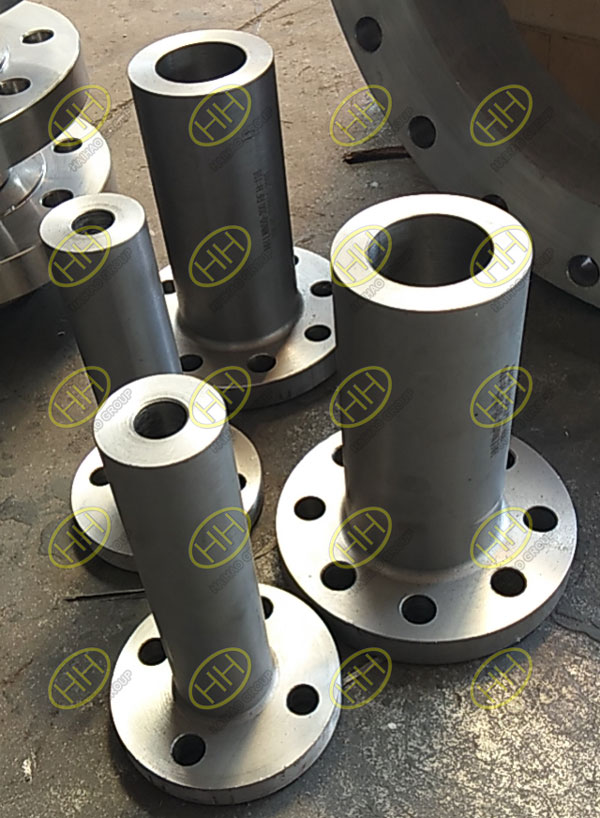The determination of flange yield strength and its influencing factors
Determination of flange yield strength
For metal materials without obvious yield phenomenon, it is necessary to measure the specified non proportional extension strength or specified residual elongation stress, while for metal materials with obvious yield phenomenon, the yield strength, upper yield strength and lower yield strength can be measured. In general, only the lower yield strength is measured.
Standard of flange yield strength
(1) In the world, σ P is often used to express the high stress which conforms to the linear relationship on the proportional limit stress-strain curve. When σ P is exceeded, the material is considered to be yielding. There are three yield standards commonly used in construction projects
(2) The elastic limit specimen can be unloaded after loading, and the material can be fully elastic recovered with no residual permanent deformation as the standard. Internationally, it is usually expressed as rel. When the stress exceeds rel, the material is considered to yield.
(3) The yield strength is based on a certain residual deformation. For example, the stress of 0.2% residual deformation is usually taken as the yield strength, and the symbol is Rp0.2.
Factors affecting flange yield strength
(1) The internal factors are: combination, organization, structure and atomic nature.
(2) The external factors include temperature, strain rate and stress state.


